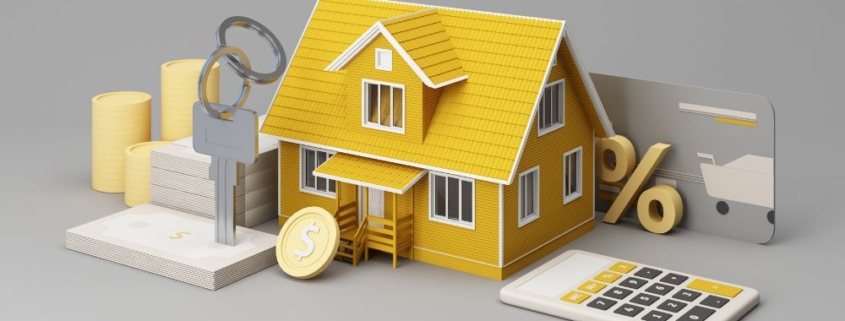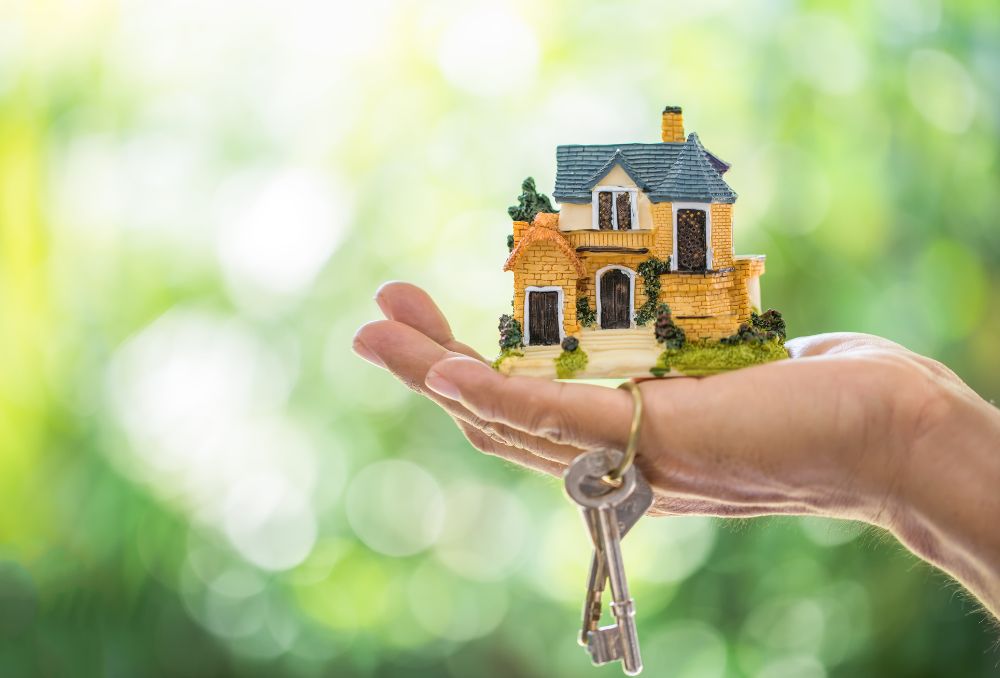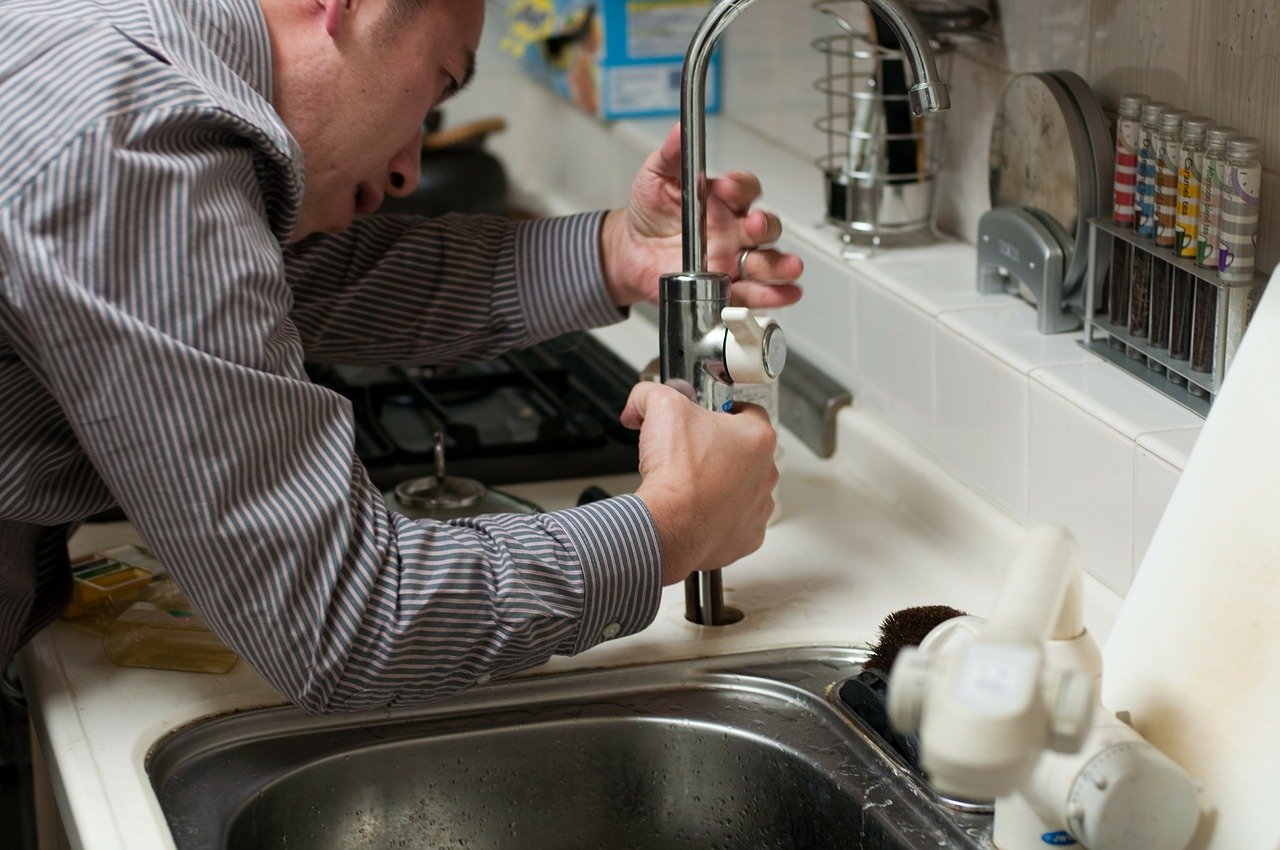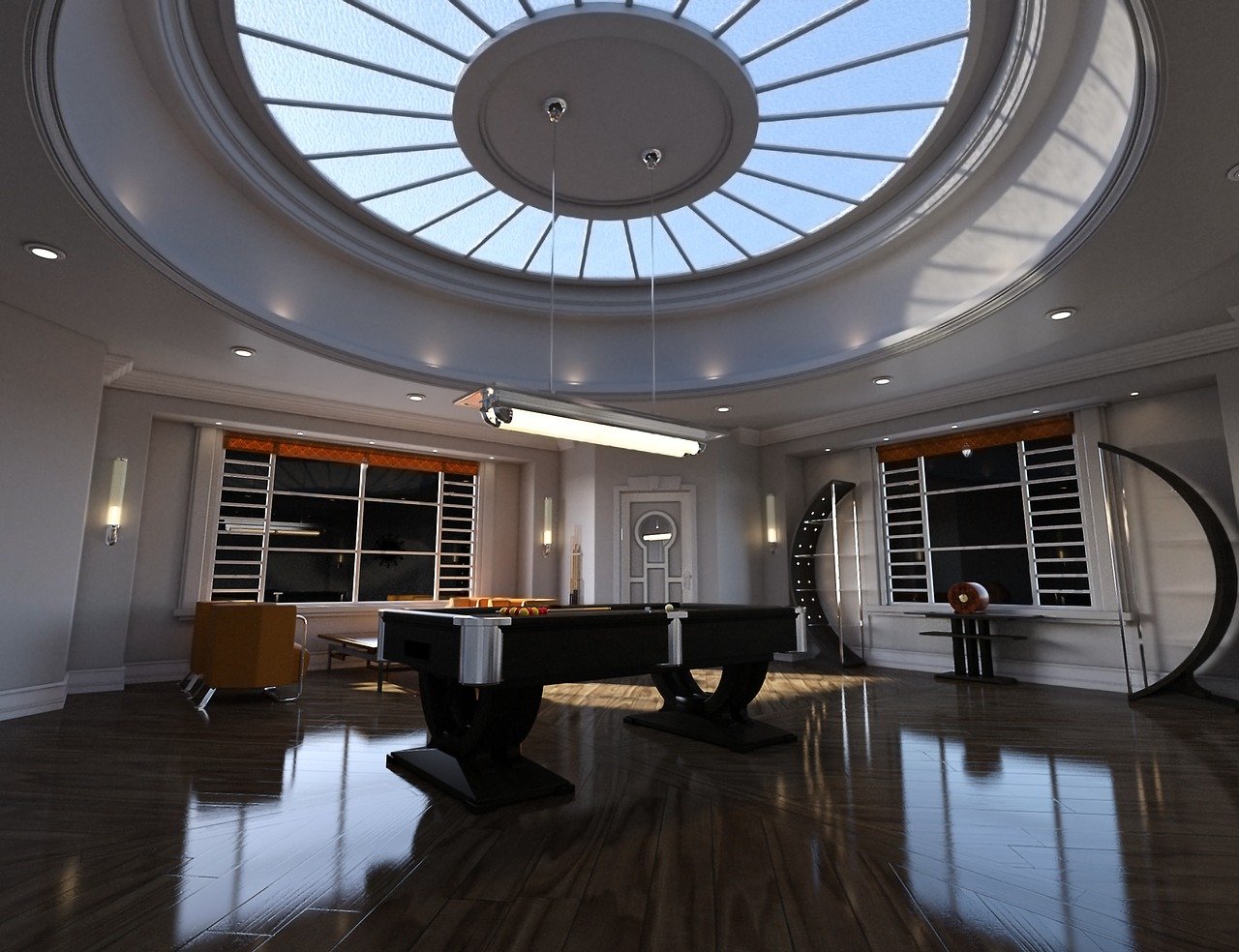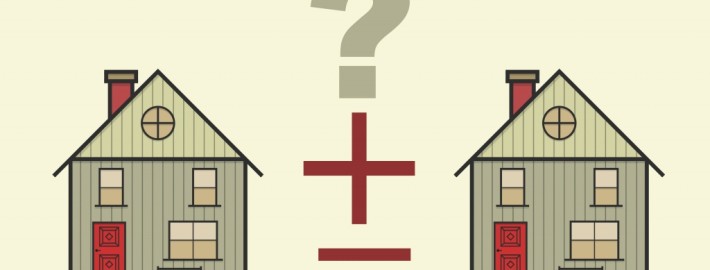Maximizing Your Home’s Value: Top Interior Design Secrets for Resale Success
By Michael Alladawi
If you want to maximize your home’s value, a well-designed interior can make a huge difference. Whether you’re planning to sell or just increase its worth for the future, implementing key design strategies can pay off big time.
But before you dive into making changes, it’s crucial to understand what truly adds value. Not every design choice will significantly impact resale value, so it’s essential to focus on the areas potential buyers are interested in.
Use Energy-Saving Fixtures

As the issue of environmental concern grows and utility costs escalate, many buyers now consider energy efficiency as they look for a new home. By adding power-efficient features, you will be able to satisfy this need and improve your house’s value greatly.
There are many energy-saving appliances now available. Take LED lighting, for instance. The average energy saving through these devices has been noted as being up to 75% less than what amount is needed in standard incandescent lamps, and their life is much longer.
Apart from cost saving, these characteristics can also be a healthier and more environmentally balanced way of living. Smart thermostats, leak detection systems, and smart home systems often attract new buyers and are a good way to increase your home’s value.
Undertake a Kitchen Remodel Project
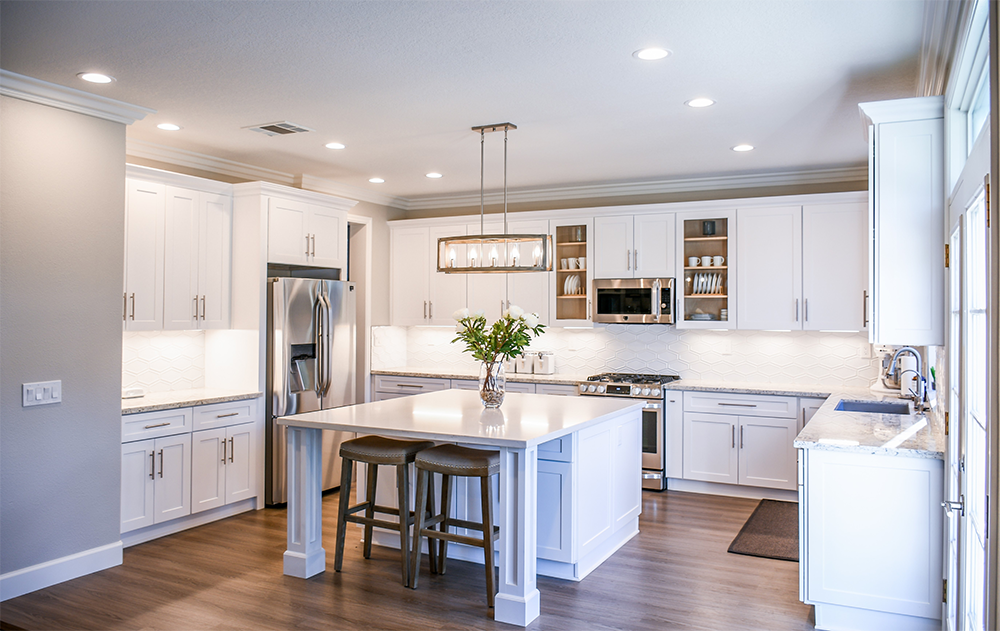
The kitchen is commonly referred to as the heart of any home. It is the place where food is cooked, and families sit together to enjoy each other’s company. This could make a modern kitchen a great selling feature.
Some of the most common updates that will make your kitchen look much better without breaking the beak include modern appliances, countertops, and cabinets. One of the most common improvements is stainless steel appliances, as they look great and last seemingly forever.
article continues after advertisement

Granite countertops or quartz countertops are also popular due to their high-end look and durability for regular usage. Adding cabinets to your kitchen also gives you more room for storage and keeps things organized.
But, when you do a kitchen remodel, the aesthetics must be balanced with practicality. If you have a kitchen with a beautiful but less-than-functional design, prospective buyers will be turned away. You can also consider introducing a practical layout, a generous amount of counter space, and easy-to-clean surfaces.
Replace Outdated Carpets and Rugs
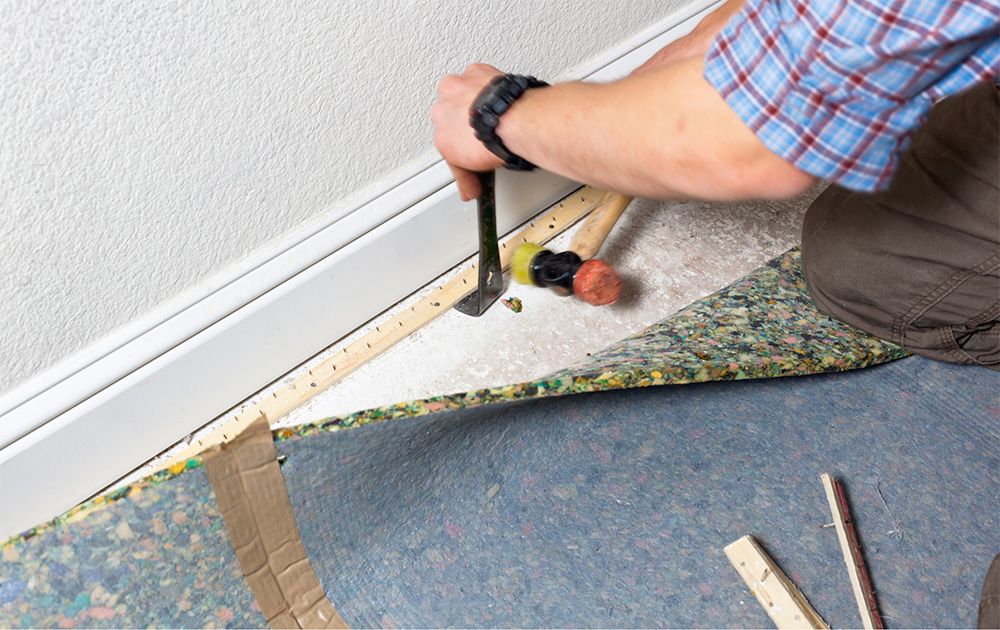
Firstly, updating your rugs and carpets inside the house can make a great deal of difference in its overall aesthetics. For example, hardwood floors are what many homeowners turn to because they have a timeless appeal and a better wear and tear rate. They are easy to maintain, flexible, and can fit in nearly any interior design idea you might have.
Another great option is tile, especially when applied to rooms like the kitchen or in a bathroom remodel since they require water resistance. Tiles can also be a great decor solution, available in many colors, patterns, and textures.
The investment in new flooring may appear to be a larger expense initially. However, taking into account the possible return on investment, it can pay dividends in the long term, considering you’ll be less likely to need a flooring remodel in the future as well.
Remove and Restyle Outdated Popcorn Ceilings
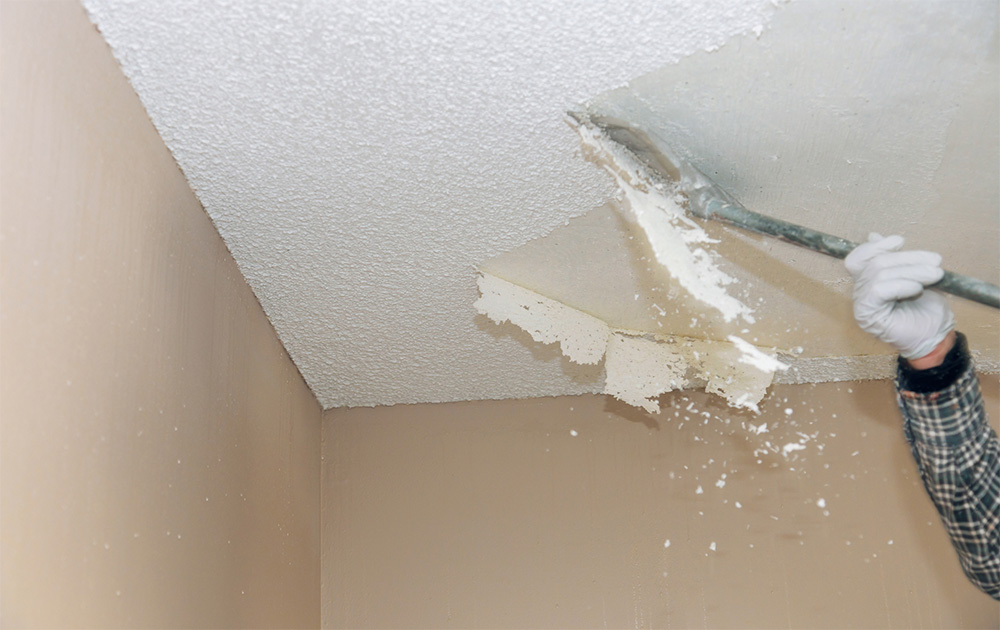
Many homebuyers consider popcorn ceilings – which used to be a norm in homes constructed from the 1950s to the 1980s – outdated. From a design standpoint, popcorn ceilings can darken and date the look of any room they are found in. Plus, these textured ceiling coverings made with similarly textured materials may contain asbestos, which is now illegal to produce since 1977.
Removing popcorn ceilings and adding a more contemporary finish make your home look newer. The process includes removing the old texture, fixing any issues with the original surface if needed, and applying a new finish headboard or even just smooth plaster.
Redesigning your ceilings not only adds fresh style to your house but also allows you to improve lighting and insulation. Smooth surfaces reflect light better, which creates a brighter and more spacious room. In the meantime, if you replace insulation during repairs and remodeling, you may likely improve energy efficiency in the home.
article continues after advertisement

Maximize Practicality with Added Storage and Closet Spaces
Ample storage space is one thing that potential buyers may seek in a home. Insufficient storage can create the impression of a too-cluttered or small home, which is often a no for many buyers.
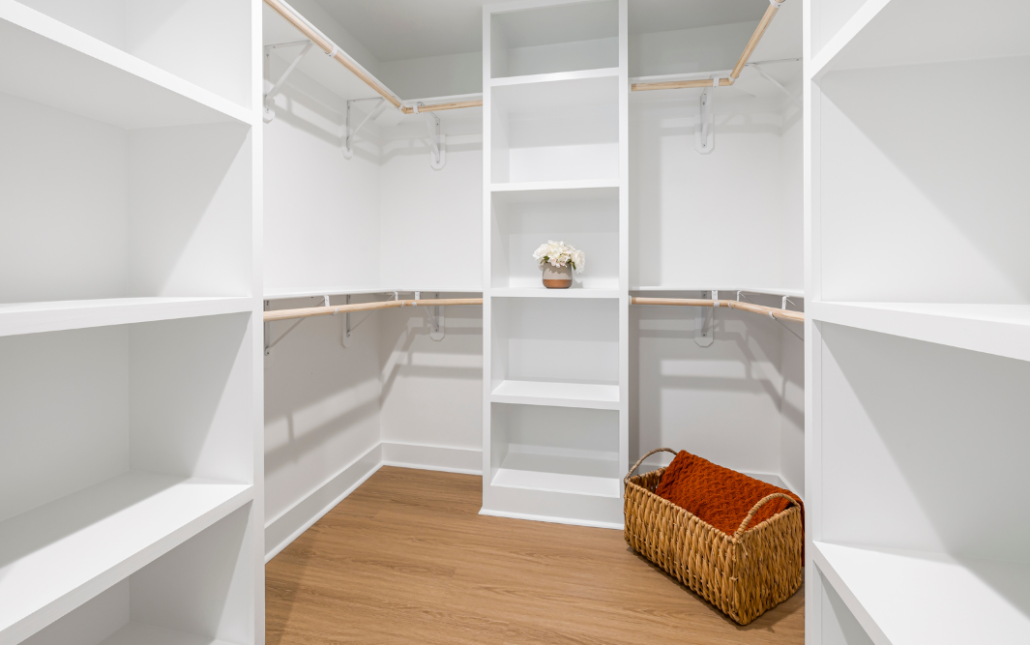
There are numerous creative designs for storage or closet spaces in underutilized areas. You can, for example, convert the area under staircases into a small closet or put shelves or custom cabinets in hallways or alcoves. For bedrooms, there could be a walk-in closet or bed frames with storage compartments.
These features not only provide you with additional space for storage in your home but also improve usability. The benefits of a well-organized home cannot be overemphasized since this type of environment attracts potential buyers who are willing to pay more in order to live in a more practical space.
Use Strategic Paint Choices
One of the simplest ways to transform and modernize a space is by giving it a fresh coat of paint. A relatively cheap renovation could help you greatly improve the attractiveness of your residence.

In the choice of paint colors, it is wise to go with neutral hues. Even though bold and bright colors can show your style, they may not be attractive to many buyers. Whites, greys, and beiges attract the largest spectrum of users – these colors are easier to match up with interior styles and furniture colors. They also create an illusion of larger and brighter spaces, which is more welcoming.
But neutral does not have to be boring. Make your interiors interesting using different shades and textures within the same color family. Additionally, saturation of the paint should also be considered. The most commonly used are satin and semi-gloss finishes since these alternatives are easier to maintain and last longer.
Get the Most Value Out of Your Renovations
Renovating your home can be exciting, but you shouldn’t forget that not all renovations will increase the value of the house. When planning a renovation, you should consider current trends while also looking at your budget. This could protect you from overspending on unnecessary improvements and also help you to identify which renovation techniques will give you the best return on investment.
MEET MICHAEL ALLADAWI

Michael Alladawi, CEO & Founder of Revive Real Estate, is a Southern California real estate veteran with a proven track record as a builder, investor, and respected home flipper. Michael created Revive Real Estate to share his industry knowledge and help homeowners maximize their profits when selling their homes. Michael’s passion for his work is as big as his desire to create lasting partnerships. For Michael, it all comes down to how much value one offers, both in business and life relationships.


